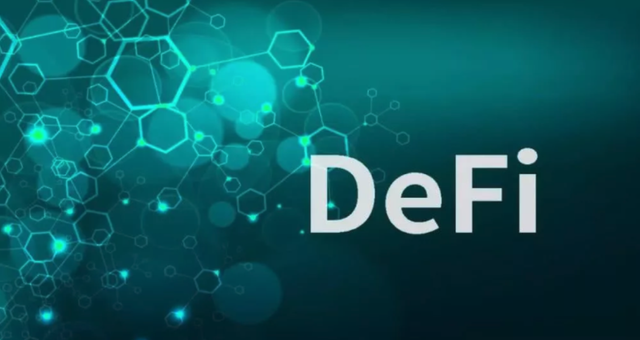
In Part I of this series, we introduced De-Fi and what it means for various use cases including Fundraising, Crypto Exchanges, Stablecoins and Money markets. In this post, we continue to explore further use cases that are complex and more interesting. The hope is that this post gives the reader a taste of what’s being built on De-Fi today and the coming wave of revolutionary changes in traditional finance.
Market Makers / Liquidity mining
Market Makers in traditional as well as crypto markets fulfill a very important function: Providing a Bid and an Ask for a particular trading pair e.g. BTC-USD, ETH-USD or AAPL-USD, 24/7. This is key to the smooth operation of an advanced liquid market where there is sufficient volume to sell or buy an asset without slippage.
There are a number of De-Fi protocols,most notably Uniswap and Kyber Network that allow the provision of this service in a decentralized manner i.e. users can choose to add liquidity into these pools and become Market Makers, or find the liquidity they need when they wish to acquire a particular token. Users who play the role of Market Maker are compensated by a combination of commissions and the spread between the bid and the ask for the trading pair in question.
New services such as Hummingbot extend this further with the concept of Liquidity Mining, which allows users to play the role of Market Makers, and creators of new tokens, say for an IEO or a Stablecoin, to incentivize them to provide market making for specific pairs. Users who wish to participate as Market makers need to provide reserves for the trading pair, and run Hummingbot software to earn an income.
Data Oracles
There are new data services being built that form the foundational infrastructure upon which De-Fi rests. To take the most prominent examples, services like Decentralized Stablecoins and Market Making require reliable price feeds. A lot of the decentralized decision making or smart contract functionality to be executed will depend on the availability of near real-time pricing on various assets / tokens. Enter the Data Oracle.
The service of providing reliable pricing data in a decentralized way is another pillar of the De-Fi ecosystem and is being built as we speak. Protocols like Chainlink and to a lesser extent Streamr, have created a cross-blockchain marketplace of Data providers and consumers. Again, in the vein of democratization of opportunity, anyone with enough technical skills can participate as a Data provider in these protocols and earn an income.
Options
While a full treatment of options is far beyond the scope of this post, the quick version: Call options give someone the right, but not the obligation to purchase an asset at a certain price within a given time-frame. Put options give someone the right to sell an asset at a certain price within a given time frame. Buyers of call and put options pay a price for the privilege of having the ‘option’. There are numerous option pricing models that factor in all the important information (time, price, volatility) to determine the price of an option (the Black-Scholes model is a notable one).
Options are now available in the Crypto De-Fi ecosystem, thanks to protocols like Convexity, which is a generalized options protocol built on the Ethereum blockchain, for users to create and/or purchase Put and Call options. These options can be used for the purpose for which they were intended which is to hedge or provide insurance against an asset one might hold, as described in the next section , or just for leveraged speculation, much like in the traditional financial markets.
Insurance
Protocols like Opyn, which was built on top of Convexity and Nexus mutual give users the option to insure themselves against the failure of stablecoins and smart contracts. These types of insurance products can be built on top of options. As with most of the De-Fi ecosystem, it is a decentralized network of users that comes together to underwrite and provide the needed insurance, earning an income for the provision of the service.
Conclusion
There are truly exciting times ahead for the space. Pretty much every aspect of the traditional financial world will likely be replaced by a decentralized alternative. This makes the ecosystem more resilient to failure and systemic shock and democratizes opportunity for the small guy.
To take just one example, imagine the difficulty of becoming a Market Maker on the New York Stock Exchange (NYSE) vs. becoming a Market Maker on the Uniswap protocol. Literally, all that stands in the way of participation is to get De-Fi literate.
In Part I, we introduced De-Fi, Decentralized Fundraising, Stablecoins, DEXes and Money markets. In this part we went over Decentralized Market Makers, Data Oracles, Options and Insurance. In part III, we will do a deep dive on DEXes.
As always, do reach out and let us know if there are particular types of content you’d like to see or areas that should be covered more in depth.
Connect with us
Join our communities and participate in the ongoing discussion.
Twitter, Facebook, Telegram, Email, Medium, LinkedIn
Please leave your comments and questions about Indra Crypto Capital, YieldWallet or anything else you'd like to talk about and we will be sure to get back to you.